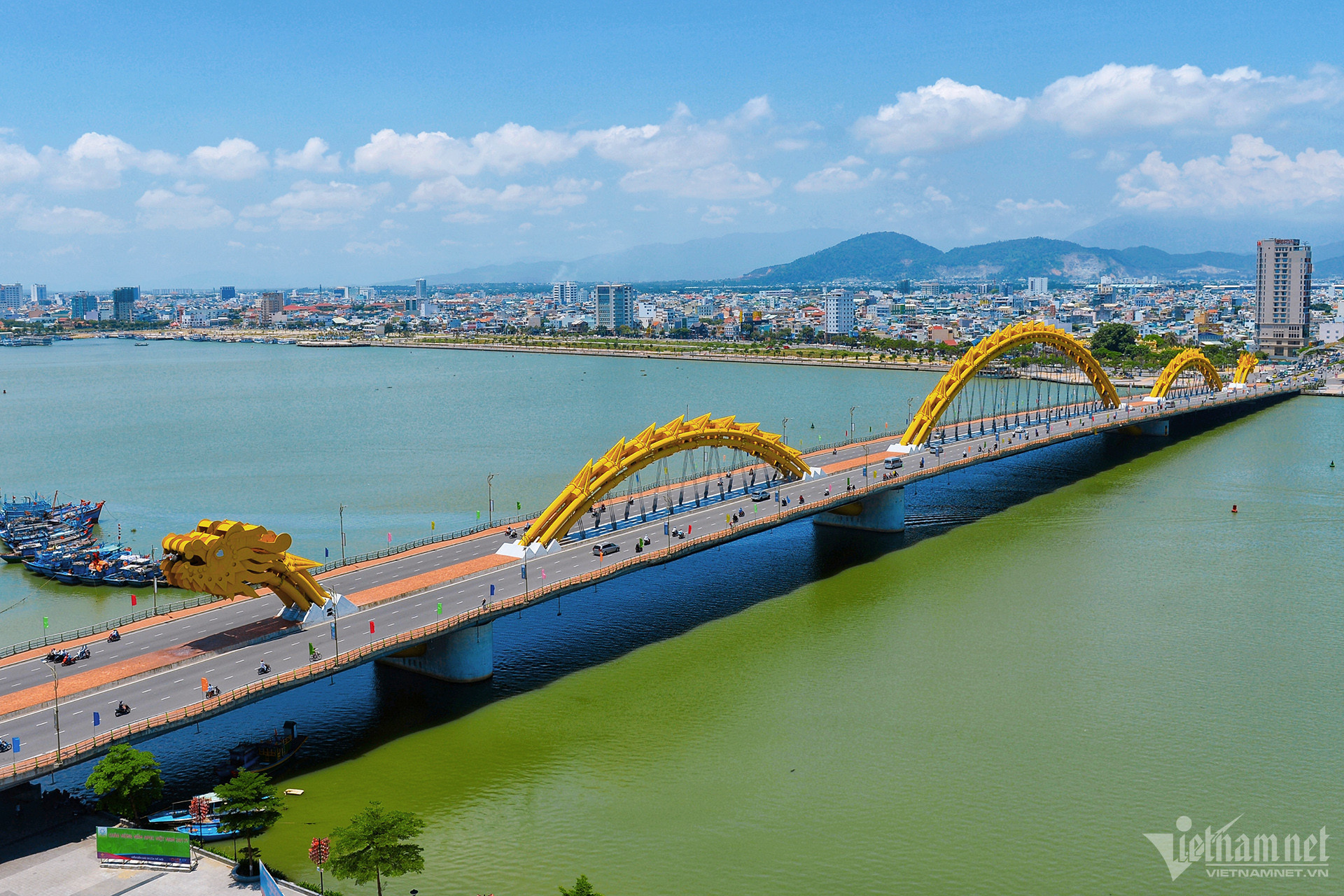
The Prime Minister has released Decision 1287 approving Da Nang's development planning to 2030, with a vision towards 2045.
Former head of the Central Institute of Economic Management (CIEM) Nguyen Dinh Cung analyzes the new driving forces for Da Nang to take off:
Becoming a centrally-run city in 1997, Da Nang has developed rapidly over the last 20 years from a poor locality into the most livable city in Vietnam with an income per capita among the highest in the country.
The decisive reason behind the success is the breakthroughs in the way of thinking of the city’s leadership.
Da Nang has applied specific policies which fit its conditions: mobilizing capital, developing land and urban transport, speeding up urbanization and strongly developing the service sector, especially tourism services.
The second most outstanding policy of Da Nang is that during the process of changing land use purposes and changing people’s livelihoods, we assure that people are not left out. People can directly participate in and benefit from the transformation, urbanization and gradual modernization in Da Nang.
However, the development space of the growth model, for many reasons, has narrowed. The city needs new driving forces to develop.
Under the socio-economic development strategy of Da Nang, the city would have a GRDP (Gross Regional Domestic Product) growth rate of 9.5-10 percent per annum by 2030.
Of this, agriculture-forestry-seafood would see a growth rate of 2.5-3 percent; the construction industry 10-10.5 percent (industry 11.5-12 percent); the service sector 9.5-10 percent; state budget collections 9-10 percent; and the investment from society 11-12 percent.
These targets are very high compared with the current socio-economic development performance.
In 2015-2019, Da Nang’s GRDP was 7.7 percent on average, while in 2019-2023, the growth rate was just 3.2 percent. In the last three years, its GRDP grew by 5.65 percent only.
Meanwhile, Da Nang strives for an 11 percent growth rate in 2024-2030, or twice as much as the current growth rate.
In terms of supply, services are the main factor creating Da Nang's miraculous growth in recent years. The contribution of industry and construction, especially manufacturing, to GRDP is quite low.
The value-added growth of the service sector, the pillar of Da Nang’s economy, was 7.2 percent in 2015-2022 and 8.65 percent in 2015-2019. If Da Nang continues with this growth rate, it would be not enough to maintain high and sustainable growth.
In terms of construction and industry, the contribution of the sector, especially processing and manufacturing, to the local economy is on the decrease, with a low value-added growth rate, which spells a low contribution to GRDP.
Da Nang’s major industrial products include: frozen seafood; beer products of different kinds; fabrics; ready-made garments; rubber tires for trucks, buses and airplanes; cement; bricks of different kinds; DC electric motor products with capacity of less than or equal to 37W; and fishing and fishing equipment.
With a small industrial production scale and these products, Da Nang won’t be able to create major changes to the local economy and contribute to local development in the next decades.
Da Nang’s economic growth has slowed down, and the differentiations in DaNang’s economic development no longer exist, while driving forces for growth are getting weaker.
The investment capital of the society dropped from VND39.262 billion in 2019 to VND31.773 billion in 2023. The society’s investment to GRDP ratio decreased rapidly from 57.71 percent in 2010 to 23.67 percent in 2023.
If considering the society’s investment by business field, one sees some remarkable things as follows:
First, investment in real estate business has been increasing, from 10 percent in 2015 to 17.5 percent in 2022. Meanwhile, the business field just contributed 6 percent to GRDP.
Second, investment in accommodation and eatery services account for 13.2 percent of total society’s investment in 2015-2022, but the business field just contributed 4.5-6.5 percent of GRDP.
Third, investment in trade services is relatively low and decreased from 6 percent in 2015 to 4.36 percent in 2022. The business field made a contribution of 13-14.5 percent to Da Nang’s GRDP.
Fourth, investment in processing and manufacturing, and construction industries is on the decrease, from 12.5 percent and 10 percent, respectively, of the total society’s investment in 2015, to 9.53 percent and 5.57 percent in 2022. The contribution of the two business fields to GRDP fell from 23.4 percent in 2015 to 20 percent in 2022.
Nguyen Dinh Cung